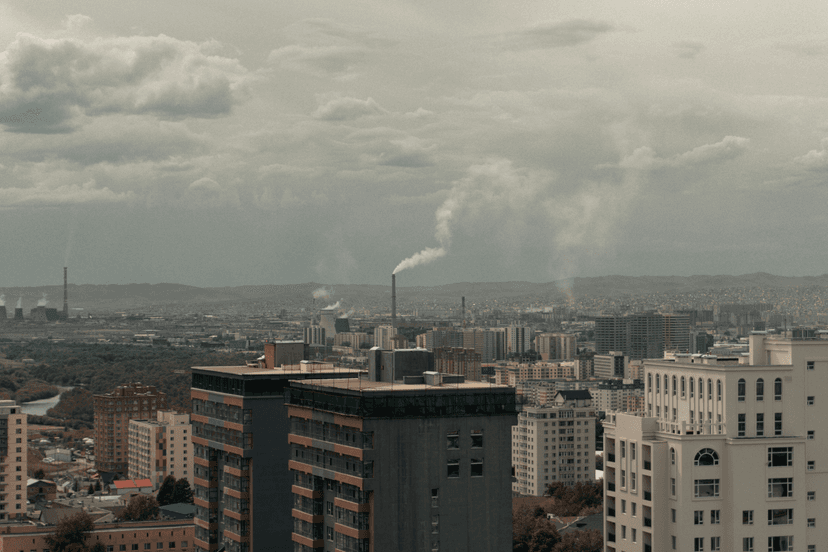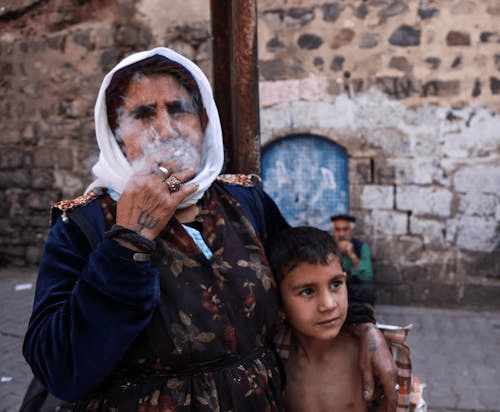How Stubble Burning Impacts Air Quality: Understanding PM 2.5 and AQI Levels
Published on November 24, 2024
Every harvest season, vast fields in India’s northern states light up as farmers burn crop residue to clear their land quickly. While efficient, this practice releases enormous quantities of harmful pollutants like PM 2.5, carbon dioxide, and methane into the atmosphere. PM 2.5, the most dangerous, consists of tiny particles that easily enter the lungs, triggering respiratory illnesses, heart problems, and even long-term health complications.
The effect? Skyrocketing AQI levels in surrounding regions, including Delhi, where the air turns toxic during these months. Poor visibility, burning eyes, and an increased burden on healthcare systems become the norm. Alternatives like composting and using stubble as biofuel are promising but need widespread adoption. Tackling stubble burning is essential for healthier air and better AQI levels—our lungs will thank us!


